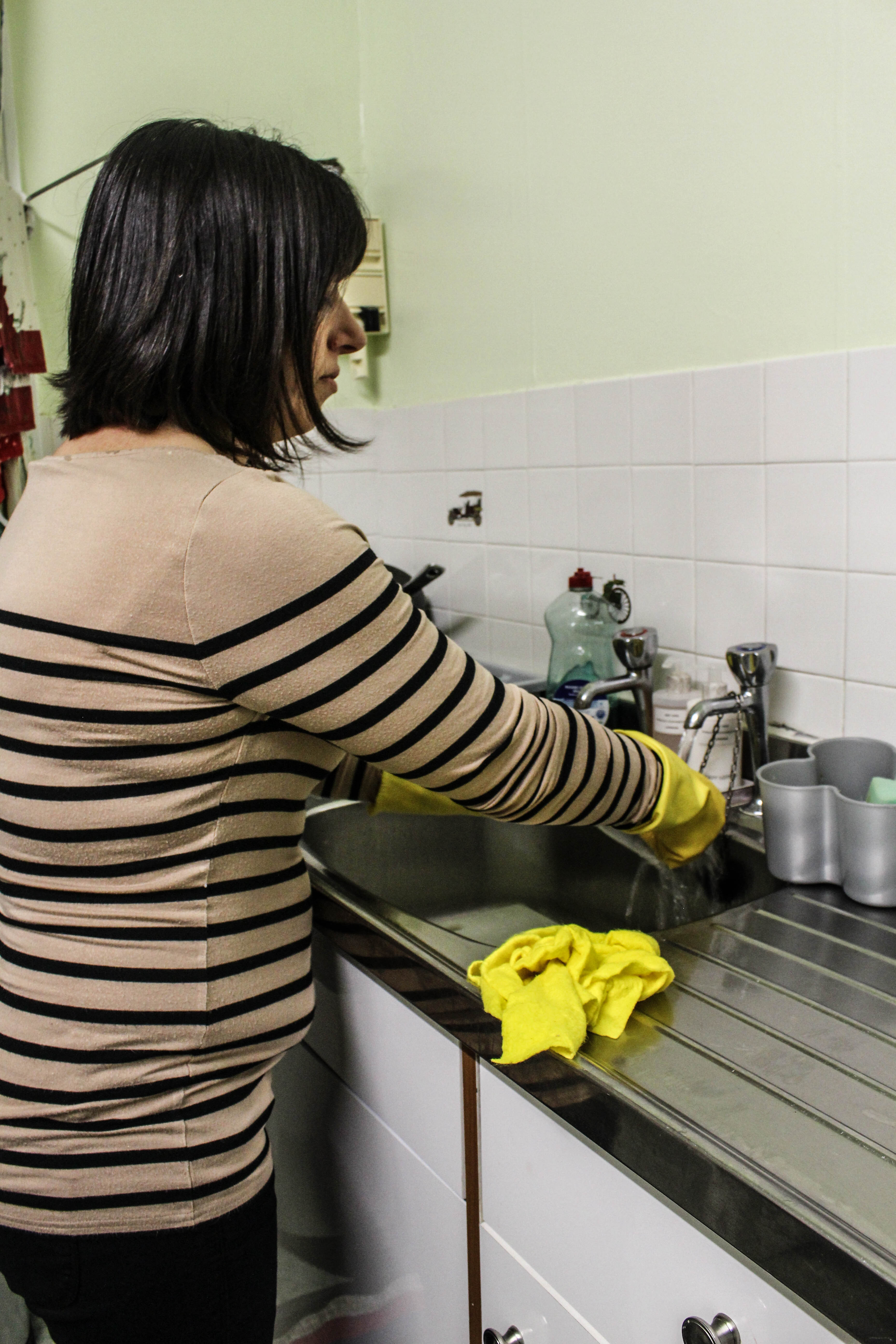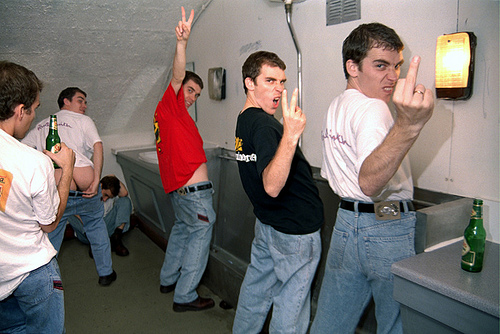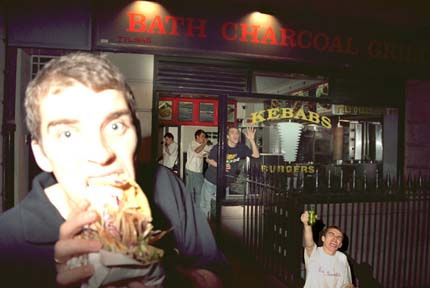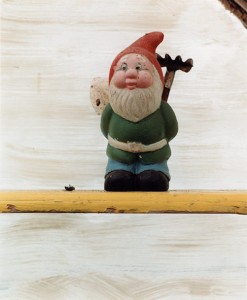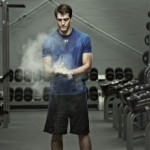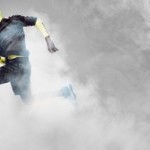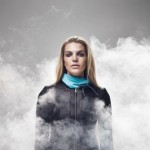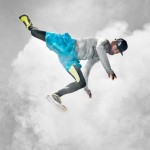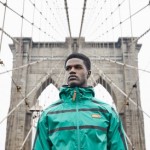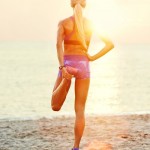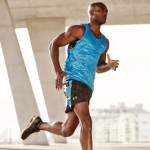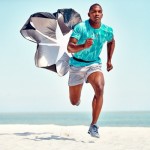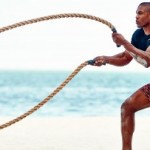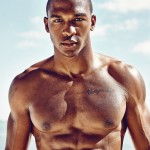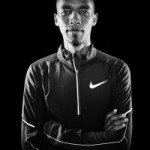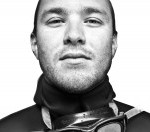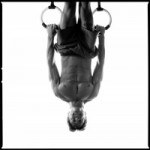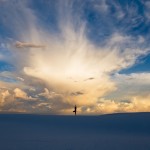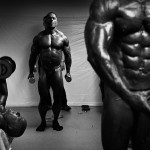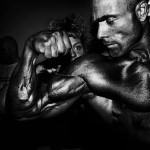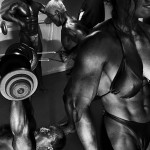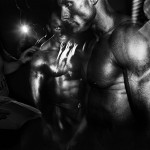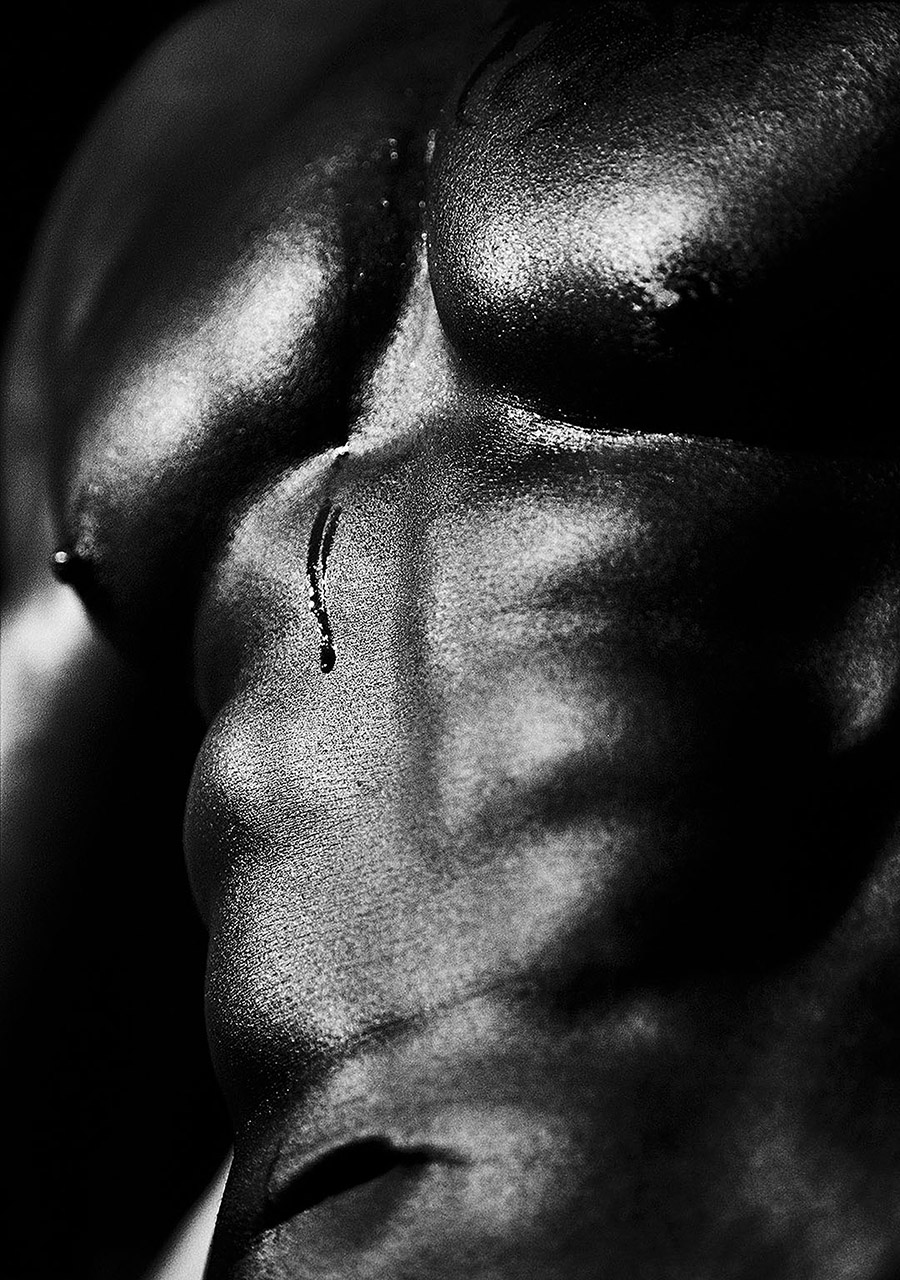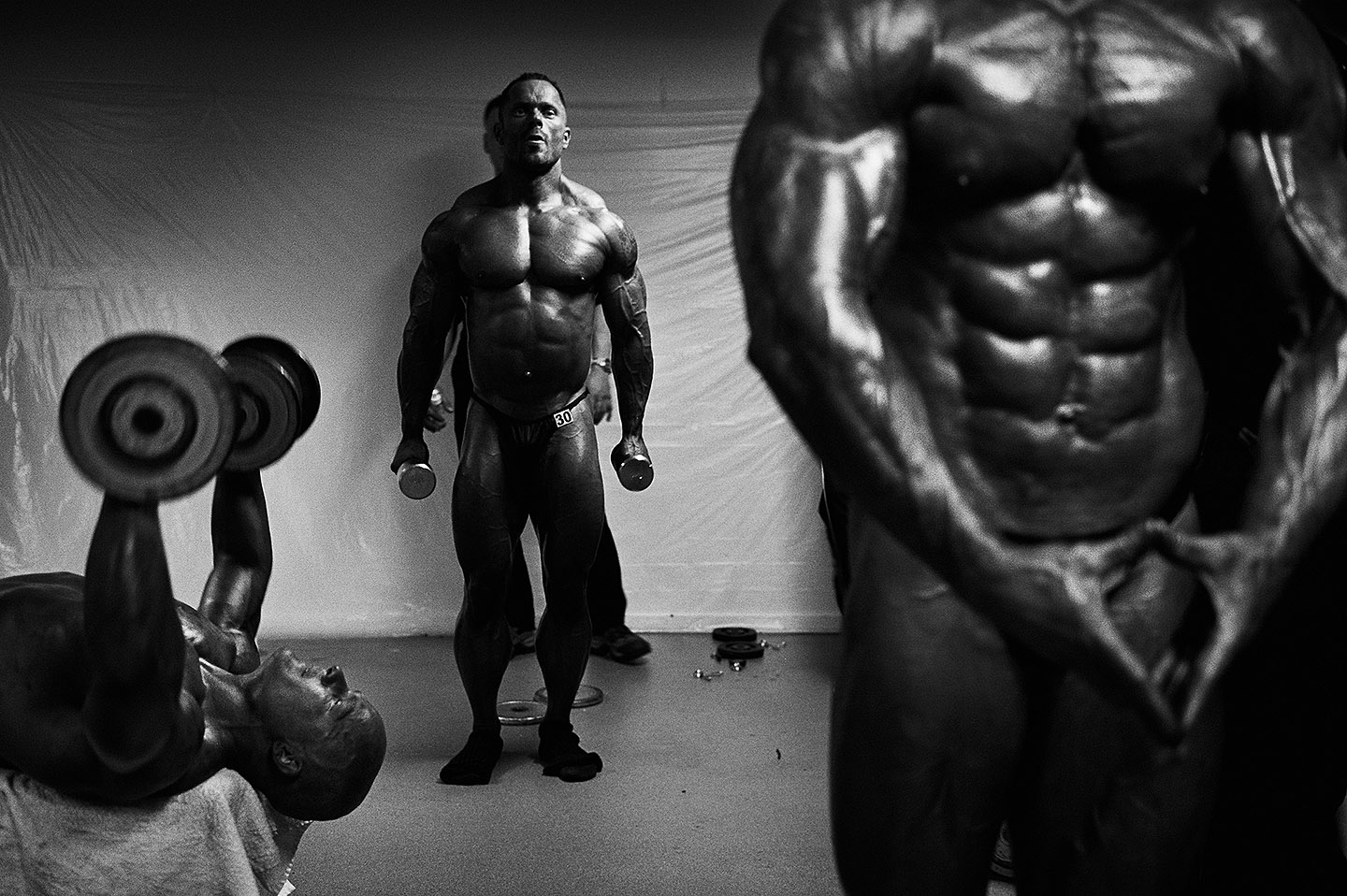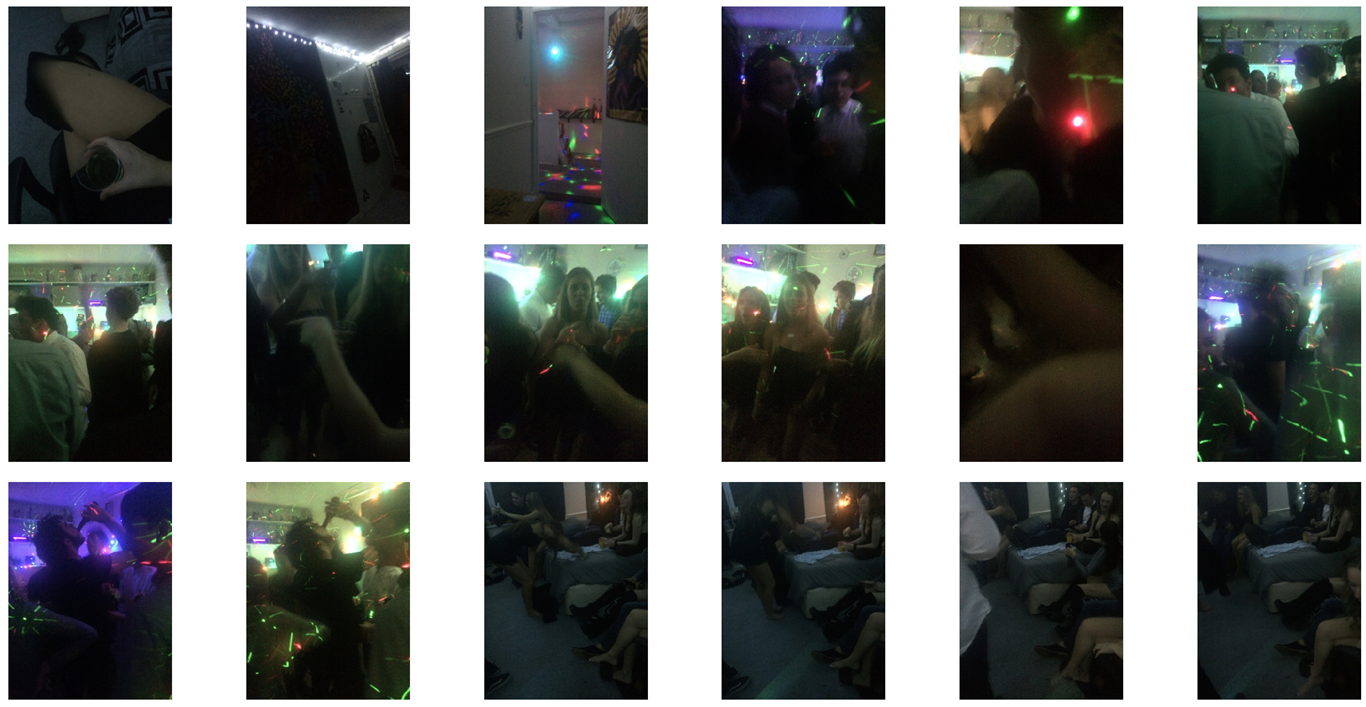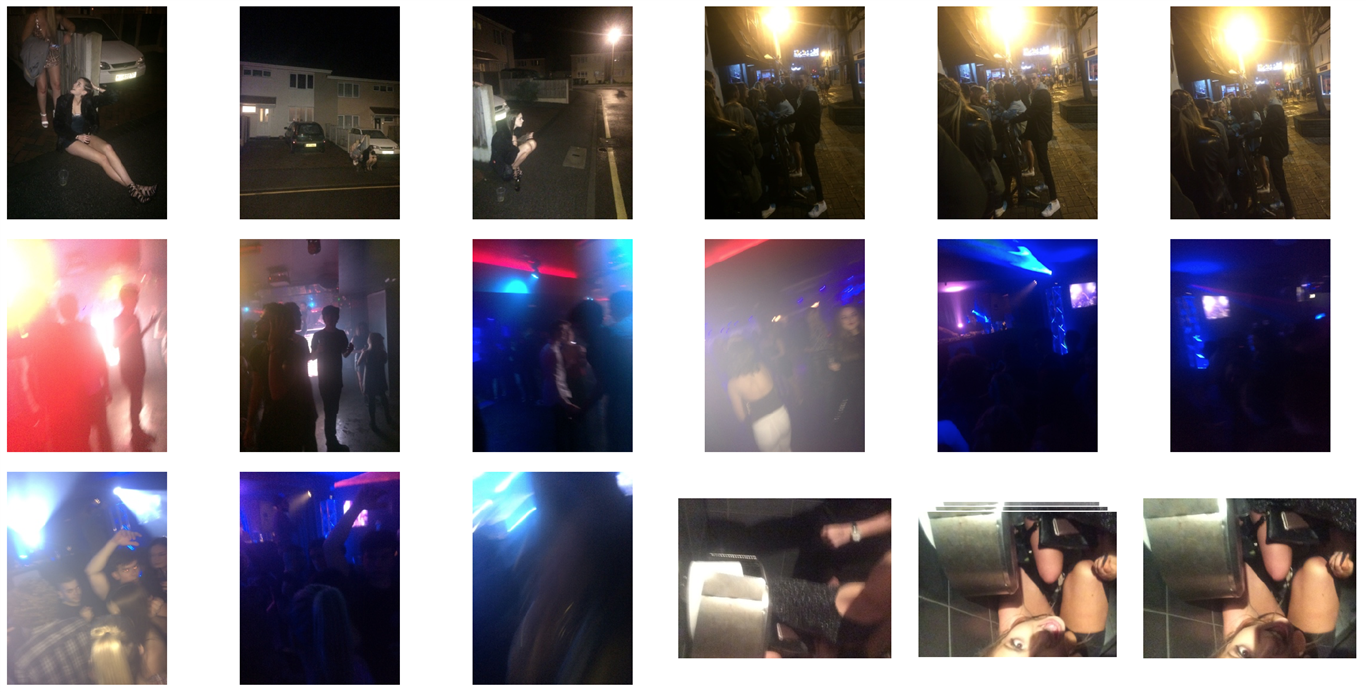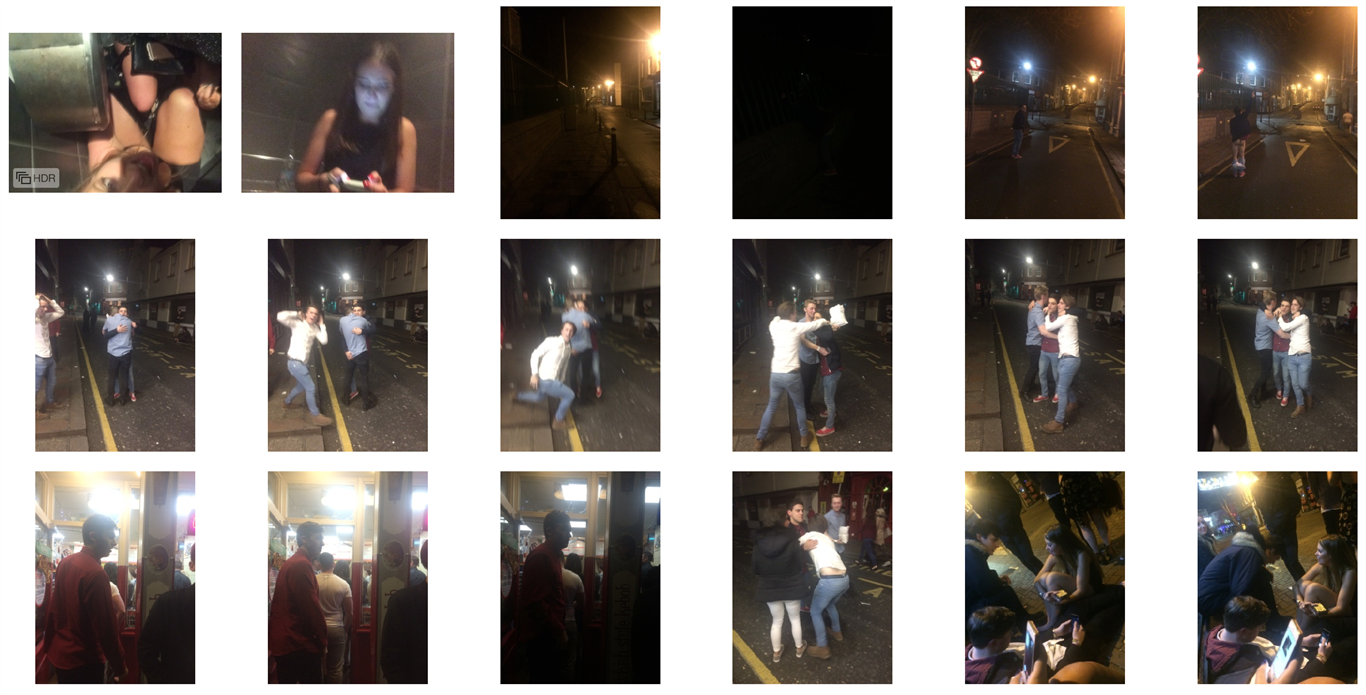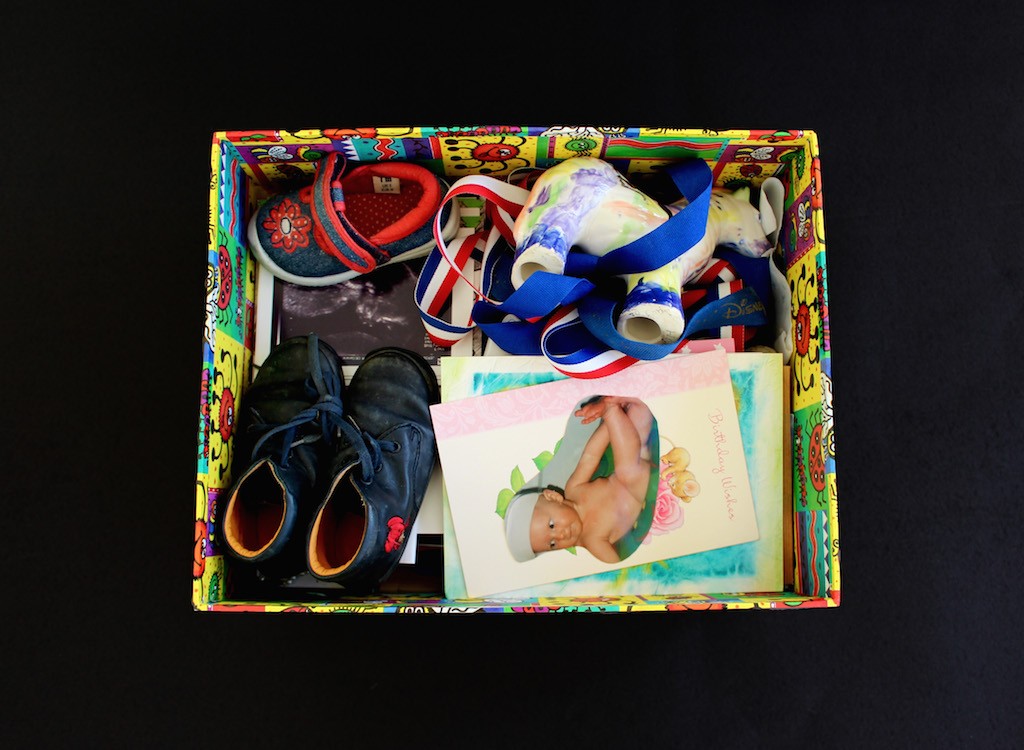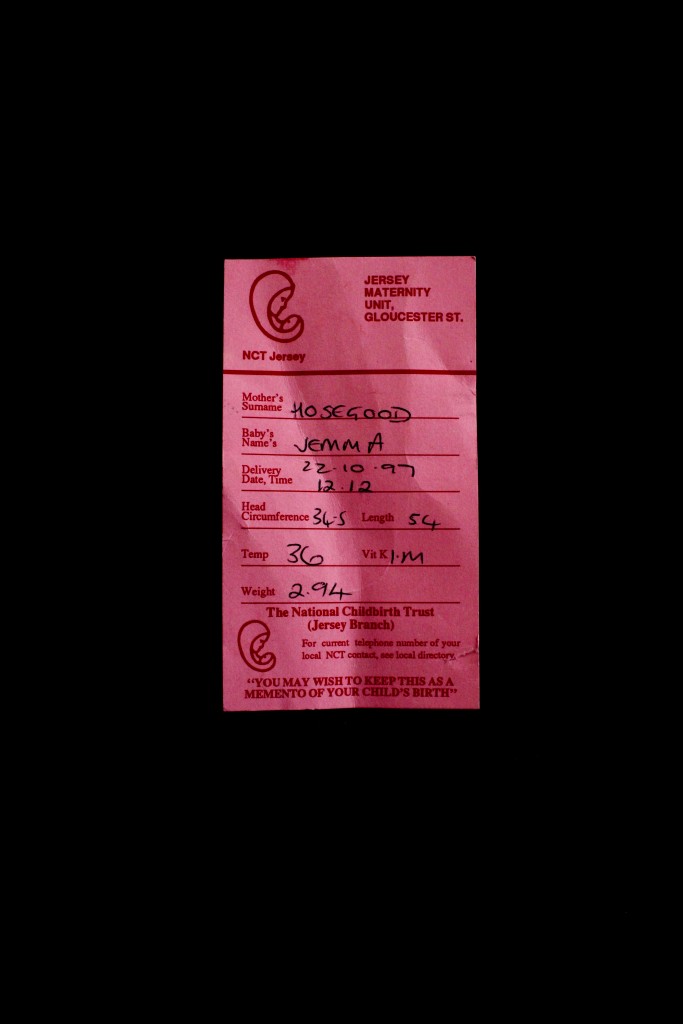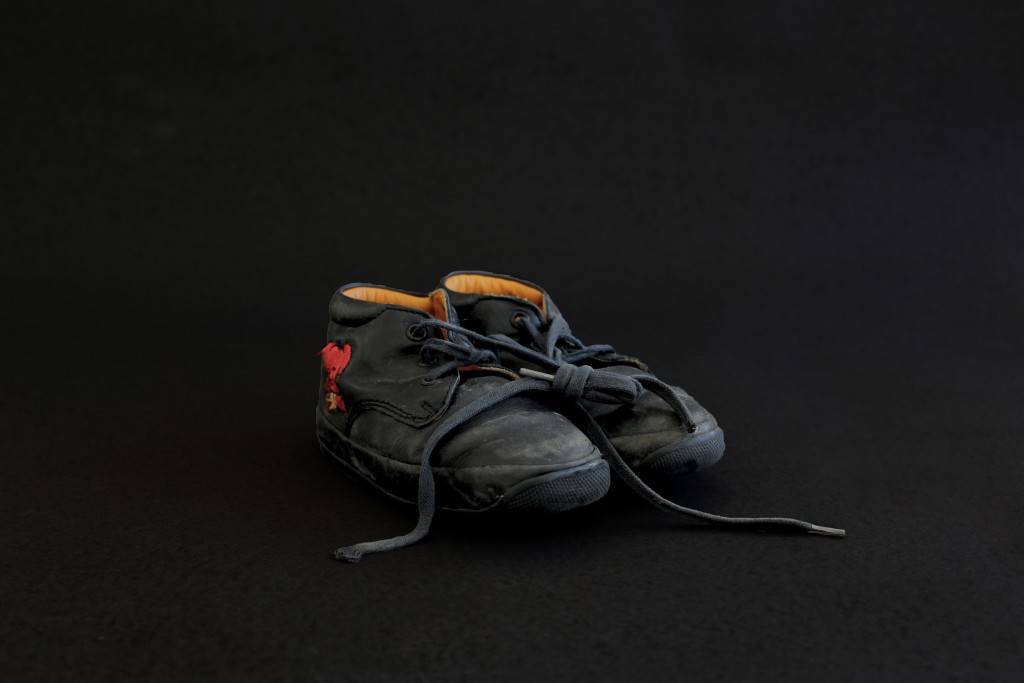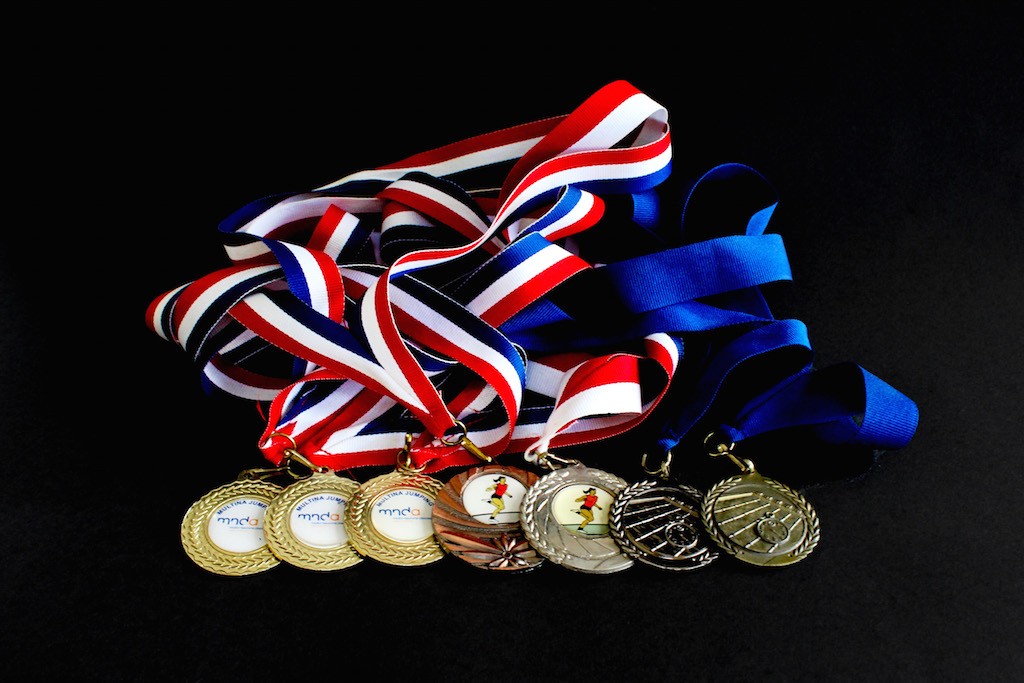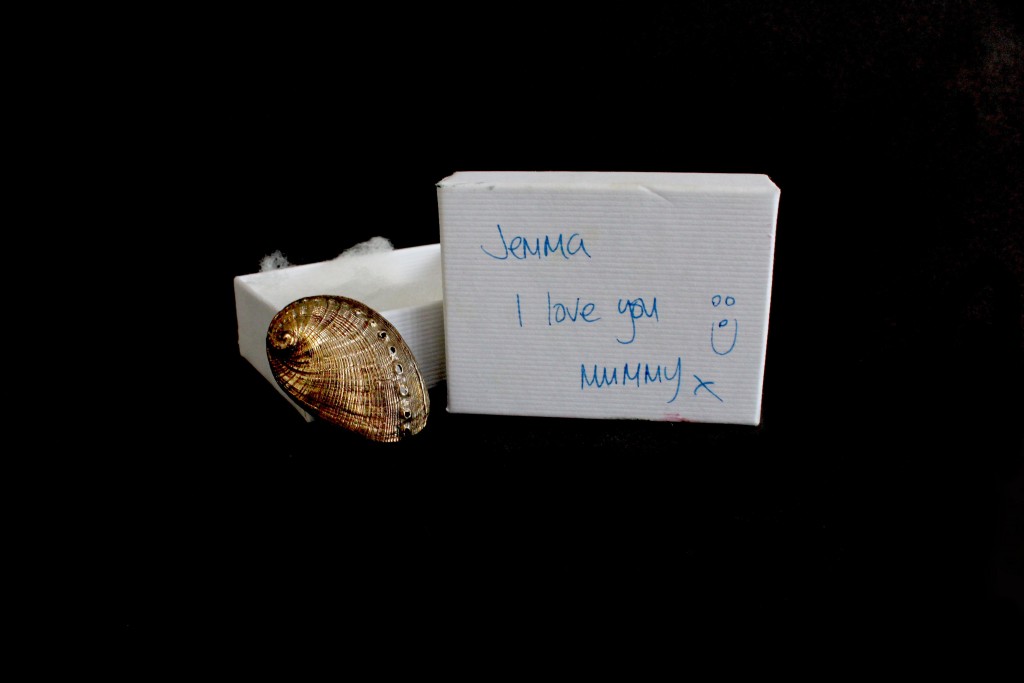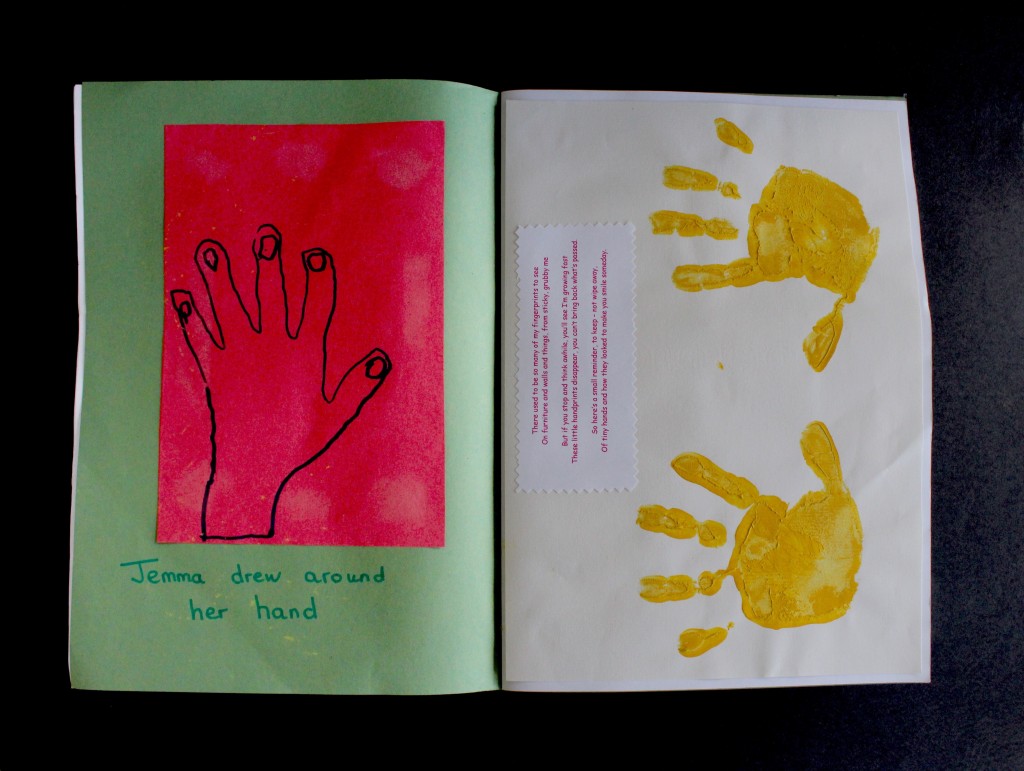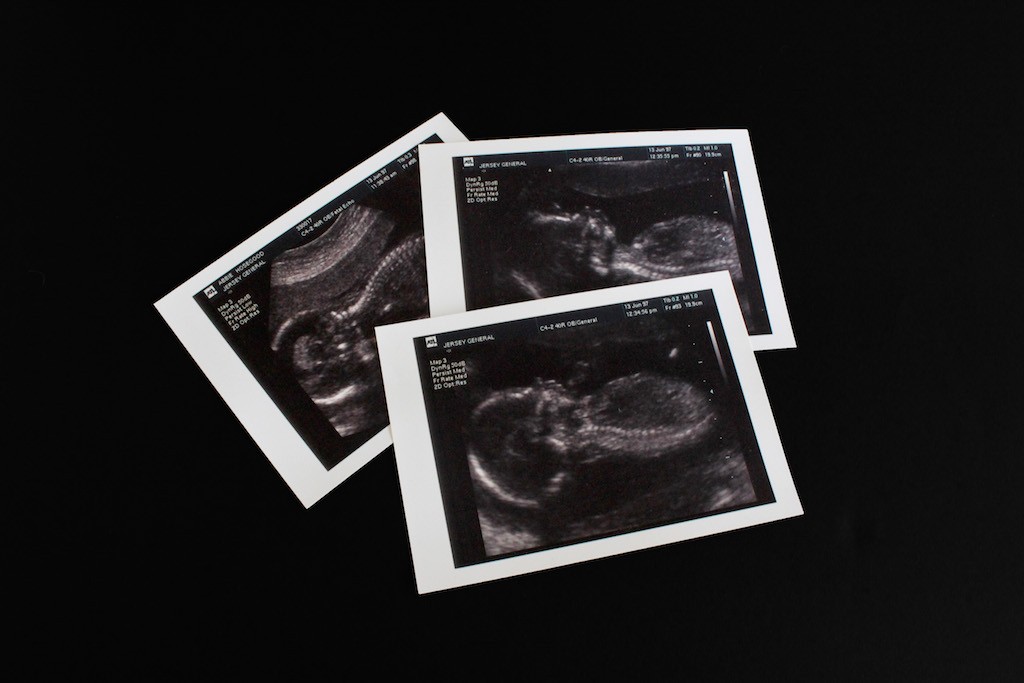“Why would you photograph in black-and-white if the world is in colour?”
“My work, in one way is rooted in reality but on the other level it is all about fantasy.”
Biography

Julian Germain, born in London, 1962 started photography at age 18, taking it up as an extra O Level option at his Sixth Form College. Germain became inspired by the work and practise of his photography teacher, known for his eccentric and subsersive artistic nature. As Germain describes, “he was the first person who got me interested in art and using creativity to get your message across”
Germain then when on to study photography at Trent Polytechnic in Nottingham and the Royal College of Art in London. During this time he became interested in the work of a variety of photographers including, Paul Strand (Time in New England), Robert Frank (The Americans), Gary Winningram (The Animals), Nan Goldin (Ballard of Sexual Dependency), and Chris Killip (Isle of Man: A Book about the Manx).
Germain’s style is very poetic and metaphorical. I would regard his style as something in between formal and vernacular photography. He is one of the earlier colour photographers in Britain and contributed greatly to the transition of British Art and Photography in the 1990s, along with other artists including Richard Billigham, Tracey Enimem and Damien Hirst. He is perhaps however, not as recognised as some of these artists, but nevertheless credible and noted greatly for his contribution.
He regards himself as a documentary portrait photograph, working with subjects to create a narrative on different themes and subjects. Interestingly, he was one of the editors of Richard Billigham’s extremely famous ‘Rays a Laugh’.
Here is a list and brief overview of different publications by Germain.
‘Steel Works’ (1986-90)

In this series Germain looks at the post-industrialisation of Britain in the period of the early 1990s. The series is a look of the effects of Thatcherite Britain (1979-1990) on the working class. The series presents combination of Germain’s own photographs, alongside historical images and pictures from various sources including family albums. It examines the effects of the closure of Consett steelworks as well as broader issues of post industrialisation.
“I was photographing something which wasn’t there”
“I collected pictures on the way. I realised that they were just as much a part of Consett as my pictures were”
Soccer Wonderland’(1994)

Soccerland is a photo-book exploring the theme of ammeter football. It is an extensive look at all aspects of the sports: players, fans, community involvement, groundsmen, park football, football games, traditional history, local rivalry etc.
“Germain offers his audience a multi-layered view of the subject of football. Like a good piece of drama, we are encouraged to consider the subject from a range of different perspectives – we can for example choose at any one time to empathise with the young football fan obsessed with her hero or that of the football “widow” immortalised in her red and white garden.” –
Brett Rogers, In Soccer Wonderland exhibition catalogue, the British Council, 1995.
Face of the Century ‘1999’

A series of chronologically sequenced portraits of 101 individuals, commencing with a 100 year old, ending with a newly born baby.
“Very nice and easy to do”
“I just hung around on street corners. I would just stop people”
Classroom Portraits ‘2004’

This ongoing series began began in schools in North East England in 2004 and was extended to schools throughout the UK the following year. Since 2005 the archive has grown to include schools from North and South America, Europe and the Middle East. The children are photographed in their classrooms oppose to the whole-school portraits which does not actually reveal anything about the classroom.
“I wanted this be be an examination of the school”
“I wanted to challenge traditional school photography”
“It is a unification of different cultures”
Generations
Generations was inspired by Germain’s previous ‘Face of the Century’ project, engaging with similar themes concerning the life cycle, the ageing process, human biology, characteristics and questions of nature and nurture. It specifically and sequentially records direct biological lines of descent.

“I wanted to show a clean, genetic line”
“The clothes of the different generations are wonderful, they add to the story a lot”
“Nature and nurture come together in this project in a really beautiful way”
For every minute of anger you loose sixty seconds of happiness ‘2005’
A series of photographs made over 8 years of the quiet, contemplative existence of Charles ‘Charlie’ Snelling, an elderly widowed man living alone in a small house in Portsmouth. Charlie was an elderly shopkeeper selling plants. Germain visted the shop in 1992 and befriended him. He visited he over the course off 8 years, photographing him during this time.
Charlie died in 2000. Germain then went through all the images he took of Charlie, and in 2005 produced a book and exhibition.

“he showed me some photo albums. I was very touched by the way he photographed his wife – very intimate, open and totally unpretentious.”
“I visited Charlie off and on, occasionaly for about 8 years.”
“I wasn’t working towards anything, I was going to see Charlie.”
“I loved the way he dealt with the world.”
“Charlie would leave little notes to let customers know where he was – he would save the notes and use them for another time.”
“One of Charlie’s notes inspired the title of the project. He had a a lot of wisdom did Charlie.”
“I monumented the photo-album. They are such an important part of all our lives so I thought it was an appropriate thing to do.”
I found these two talks by Julian Germain to be very interesting and helpful in finding out more about him.





